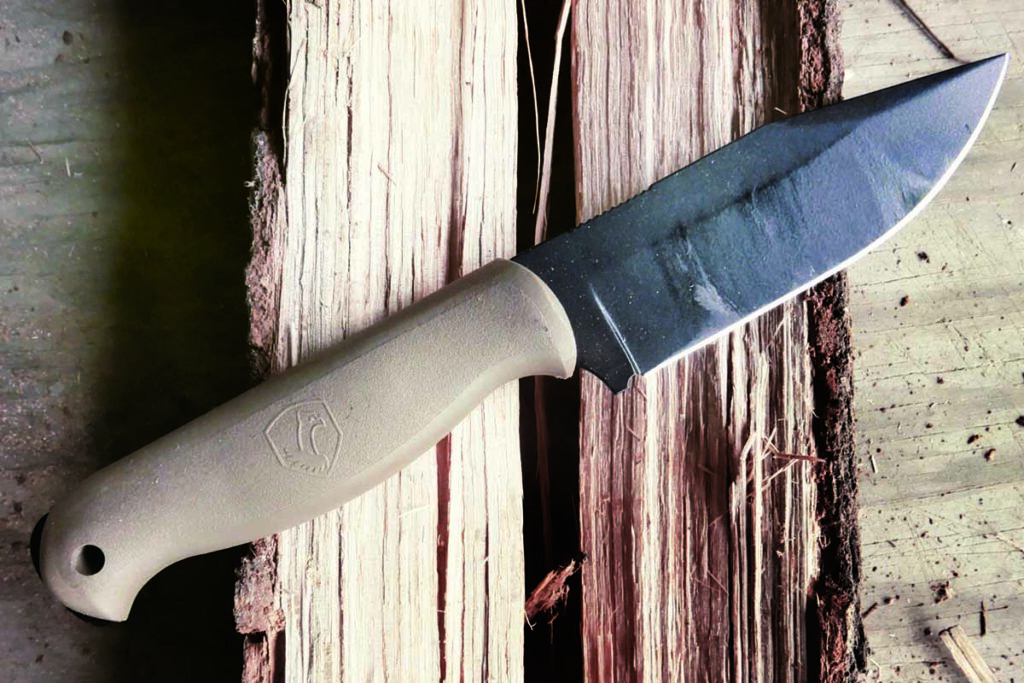In the world of culinary artistry, the tools we use can make a significant difference in the quality and efficiency of our work. Among these tools, knives stand out as an indispensable part of a chef's arsenal. Understanding knife forging techniques is crucial for any kitchen professional aiming to elevate their culinary skills. This article delves into the art and science of knife forging, exploring the processes that transform raw metal into the sharp, durable blades that chefs rely on every day.

The Importance of Knife Forging
Forging is more than just shaping metal; it is about crafting a blade that can withstand the rigors of daily kitchen use. The forging process involves heating, hammering, and shaping the metal to enhance its strength and durability. This traditional method is favored by many professional chefs and knife enthusiasts for its ability to create blades with superior edge retention and resilience.
Traditional vs. Modern Forging Techniques
There are various knife forging techniques, each with its own advantages and drawbacks. Traditional techniques involve labor-intensive processes that require skilled craftsmanship. These methods often result in blades with unique characteristics and exceptional quality. On the other hand, modern techniques utilize advanced technology to produce high volumes of knives with consistent quality. Both approaches have their place in the culinary world, and understanding them can help chefs make informed decisions about their tools.
Traditional Methods
Traditional forging involves heating the metal to a high temperature and then hammering it into shape. This process aligns the metal's grain structure, enhancing the blade's strength and flexibility. One of the most renowned traditional techniques is Damascus forging, which involves layering different types of steel to create a blade with a distinctive pattern and superior strength.
Modern Techniques
Modern forging techniques often incorporate computer-aided design (CAD) and precision machinery to produce blades with exact specifications. These methods allow for mass production while maintaining high standards of quality. Additionally, modern materials such as high-carbon stainless steel are often used to enhance the blade's performance and longevity.
Choosing the Right Knife for Your Kitchen
For kitchen professionals, choosing the right knife is as important as mastering knife skills. A well-forged knife can make a significant difference in your culinary creations. Whether you prefer the artistry of traditional forged blades or the precision of modern techniques, the key is to select a knife that suits your personal style and meets your professional needs.
Understanding the different types of knives and their specific uses is also essential. From chef's knives to paring knives, each type of knife has its own purpose and benefits. For more insights into choosing the right knife for your kitchen, check out this comprehensive guide on knife sizes.
Maintaining Your Forged Knives
Once you've invested in high-quality forged knives, proper maintenance is crucial to ensure they remain sharp and effective. Regular sharpening and honing are essential practices for maintaining the blade's edge. Additionally, understanding safe handling practices is vital to prolong the life of your knives and ensure your safety in the kitchen.
It's also important to store your knives correctly to prevent damage. Using a knife block or magnetic strip can help keep your blades in top condition. For more tips on maintaining your kitchen tools, consider exploring this article on knife safety tips.
Conclusion
Mastering knife forging techniques is a journey that combines skill, artistry, and science. For kitchen professionals, understanding these techniques can enhance their culinary creations and ensure their tools perform at their best. Whether you prefer the traditional craftsmanship of hand-forged blades or the precision of modern technology, the right knife can make all the difference in your kitchen endeavors.
To further explore the fascinating world of knives, including different types of knife blades and their unique features, visit this informative article on knife blade types.

FAQ
What are the benefits of forged knives?
Forged knives are known for their durability and balance. The forging process creates a stronger blade that holds its edge longer, making it ideal for professional use.
How can I tell if a knife is forged?
Forged knives typically have a thicker blade and a bolster, which is the thick junction between the blade and the handle. This design provides better balance and control.
Are traditional forged knives better than stamped knives?
Traditional forged knives often offer superior durability and edge retention compared to stamped knives. However, the choice between forged and stamped knives ultimately depends on personal preference and intended use.
This article contains affiliate links. We may earn a commission at no extra cost to you.


























